A Guide to Australian Native Ingredients

Australia’s gastronomic scene is quietly changing and begins in the bush. More home cooks are learning about the amazing possibilities inherent in native foods, sometimes known as “bush tucker,” which have fed Indigenous Australians for tens of thousands of years. Bush food is spreading from specialist markets to home kitchens as our palates grow and demand for sustainable, seasonal, locally produced food rises. This movement is about honoring Australia’s first culinary culture and reestablishing connection with the land, not only about strong, unusual tastes.
Cooking with Australian native ingredients is a gratifying and eye-opening experience regardless of your level of curiosity about food, weekend home chef, or just someone wishing to add a little wild magic to your meals. This page explores the advantages, unique ingredients, and cultural relevance of including Australian indigenous dishes into regular cuisine.
The Rise of Bush Tucker in Everyday Australian Cooking
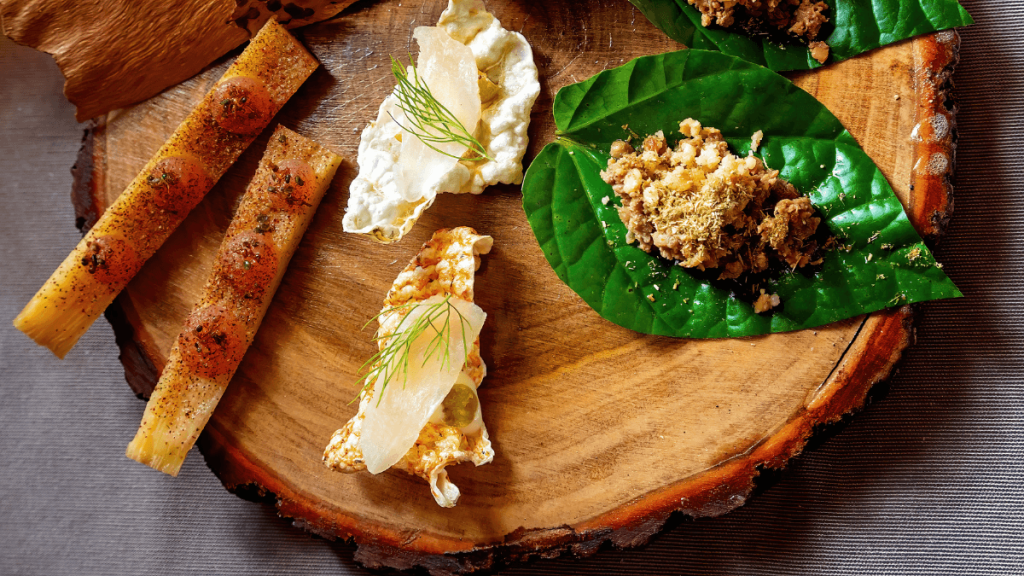
A few decades ago, the typical Australian home was mostly ignorant of bush tucker. Thanks to more exposure at eateries, food festivals, and TV cooking shows, nowadays is becoming popular. Still, it’s not only hip—it’s also firmly anchored in environmental consciousness and respect of culture.
Native foods usually need less water and less chemical inputs than imported crops since they are naturally suited to Australia’s varied environments. Using bush food also supports local businesses, particularly if ingredients are grown under community-owned companies or legitimately obtained from Indigenous-owned companies.
Along with a larger cultural change whereby Australians are looking inside, appreciating what grows on our land, and investigating the depth of Aboriginal knowledge systems, there is increased awareness regarding Australian indigenous cuisine. Realising they don’t have to travel far to locate vivid, healthful, and distinctly Australian products, home cooks are starting to make changes in their diets.
Why You Should Cook with Australian Native Ingredients
Grow closer to your country.
Using Australian native foods lets you connect with the ground and its stories. Every plant or spice has cultural background related to geography, season, and traditional applications.
Ecological sustainability
Australian conditions are meant to be ideal for native plants. Compared to many conventional crops, they are less affected on the environment since they are more resistant to drought and strong weather.
Taste explosion
These are not at all boring components. Bush cuisine gives a depth that enhances even the most basic meals, whether that means the citrus punch of finger lime or the smoky scent of wattleseed.
Diet
Australian indigenous foods abound in minerals, vitamins, and antioxidants. For example, among fruits, the Kakadu plum boasts one of the highest known vitamin C content.
Inclusion and Respect of Culture
Learning about and cooking with bush tucker helps you to respect the depth and variety of Aboriginal tradition. Beyond the dinner, supporting Indigenous farmers and growers gives your food choices more worth.
Standout Bush Foods to Try at Home
Bush food doesn’t have to be exotic or intimidating. Many ingredients are now available at farmers markets, specialty grocers, and online. Here are some popular and beginner-friendly options for your pantry:
Finger Lime

Often called “citrus caviar,” finger lime adds an elegant pop to seafood dishes, desserts, and salads. The tiny, pearl-like vesicles burst with tartness and work brilliantly in dressings or even a gin and tonic.
Wattleseed
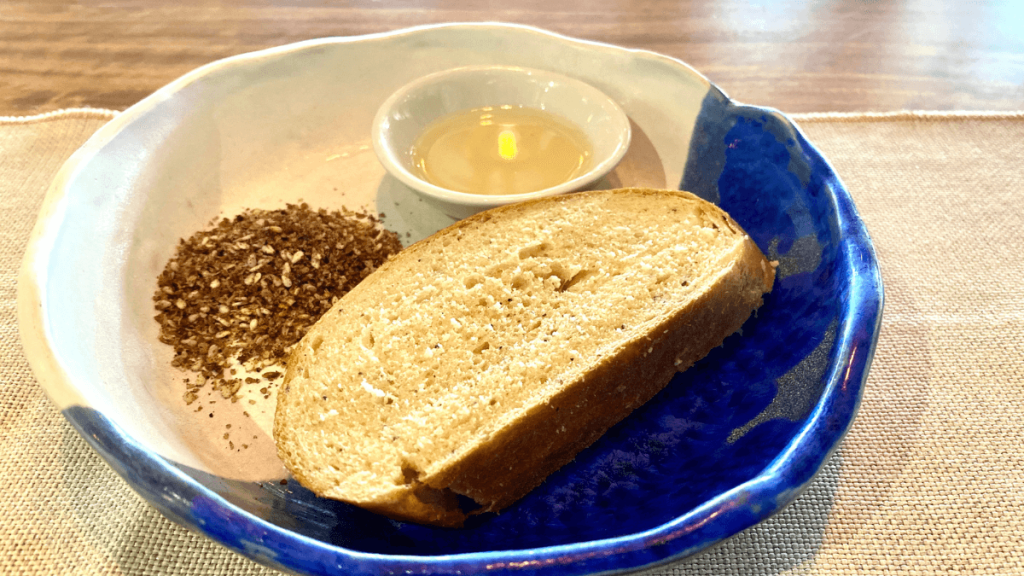
This earthy seed is a game-changer for both sweet and savoury cooking. Its roasted, nutty flavour pairs well with chocolate, coffee, and bread dough. Ground wattleseed can be stirred into porridge or blended into homemade spice rubs.
Lemon Myrtle
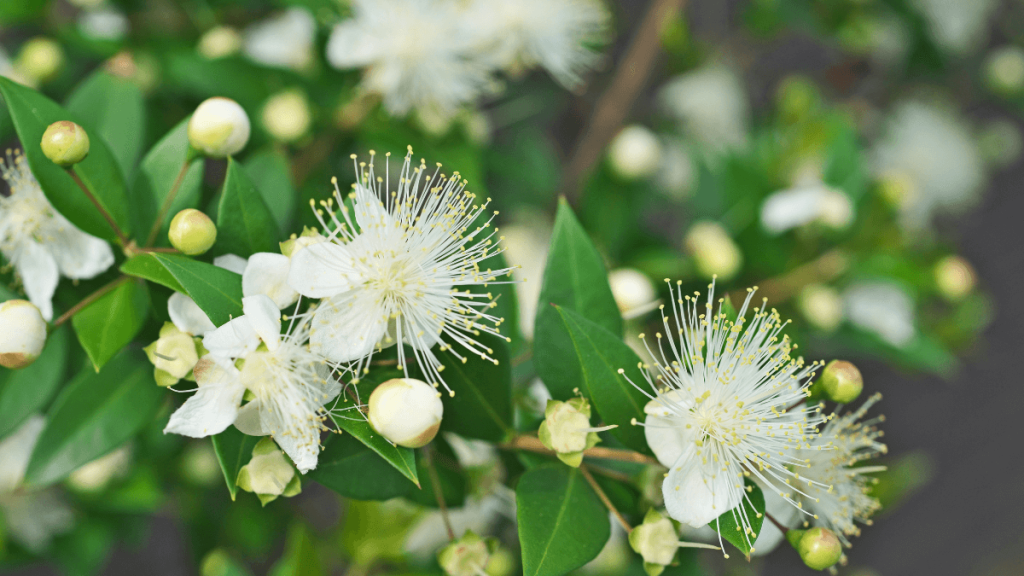
Lemon myrtle leaves are incredibly aromatic, with a clean citrus flavour that outperforms regular lemon. Use dried or powdered lemon myrtle to season chicken, add to tea, or bake into cakes and biscuits.
Kakadu Plum

This superfruit is incredibly high in antioxidants and is often available in powdered form. It adds a tangy, plum-like kick to smoothies, marinades, or sauces. A little goes a long way.
Saltbush
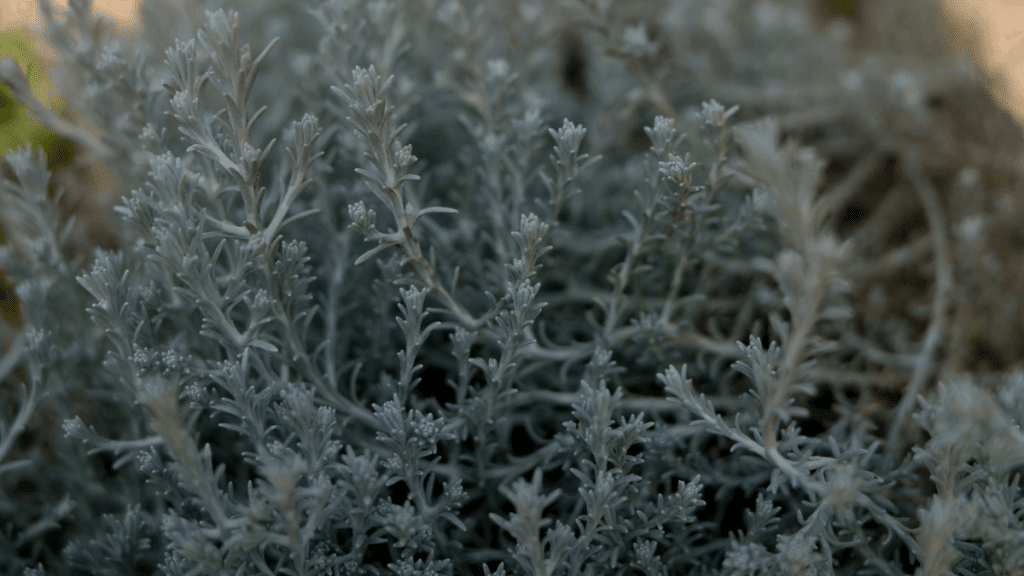
Saltbush leaves are slightly salty and herbaceous. You can use them in place of spinach or kale, or roast them for a crunchy garnish. Saltbush also works beautifully with lamb or grilled meats.
Muntries
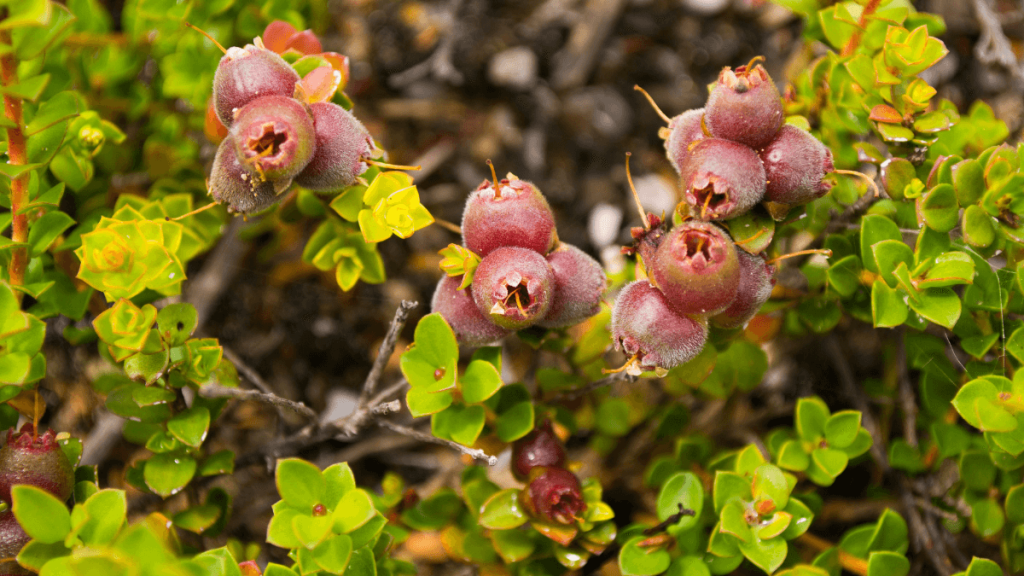
These tiny berries taste like a mix between apple and spice. Found in jams, chutneys, and sauces, muntries can be a delicious addition to baked goods or breakfast dishes.
Davidson’s Plum

Known for its rich, sour flavour and deep purple flesh, Davidson’s plum is great for jams, syrups, or tart fillings. It’s a native fruit that sings in desserts or as a bold counterpoint to cheese.
Getting Started in Your Own Kitchen
Starting cooking with Australian native foods does not mean you have to completely restructure your cupboard. Start by natively changing or improving known recipes. Serve grilled chicken with finger lime salsa, toss wattleseed into banana bread, sprinkle lemon myrtle into your salad dressing.
The magic occurs in mixing bush food with regular meals. Consider it as a marriage of modern flair with historical understanding. You are engaging in a cultural and gastronomic dialogue thousands of years in development, not only cooking a meal.
If you’re not sure where to start, try working with spice combinations including a few local foods. These combinations might be used as a dry rub or even as a season for roasted meats and vegetables.
Shopping Smart: Where to Find Bush Food
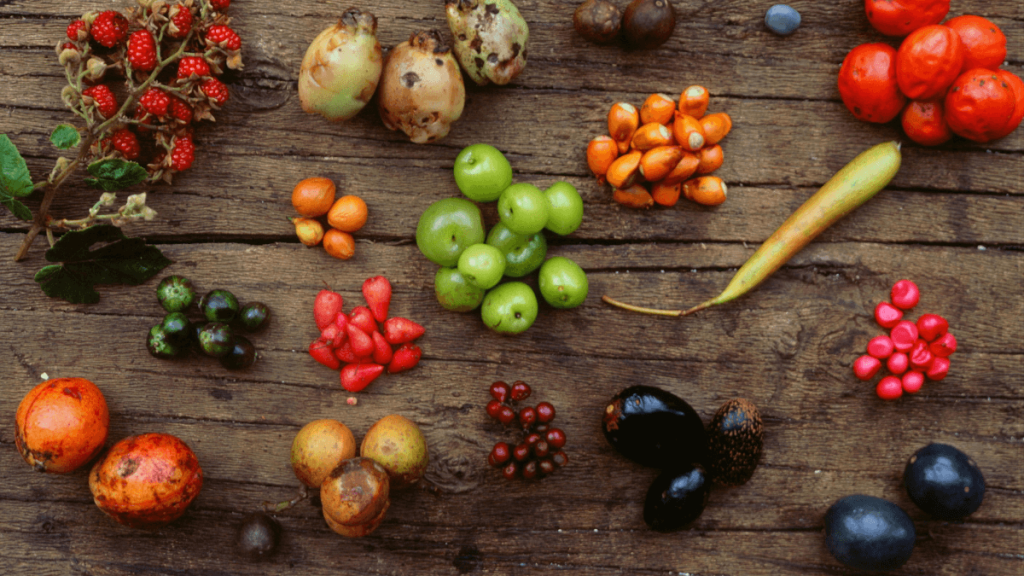
While bush tucker is increasingly accessible, it’s important to source it responsibly. Look for:
- Indigenous-owned businesses that grow or gather native ingredients ethically
- Certified sustainable suppliers who are transparent about their farming and harvesting practices
- Local growers at farmers markets who may offer seasonal produce from native plants
Online stores today provide subscription boxes of native spices, condiments, and ingredients together with information cards and recipes to direct your use. Additionally stocked in specialty delis and health food stores are things like lemon myrtle tea or Kakadu plum powder.
What to Know Before You Cook
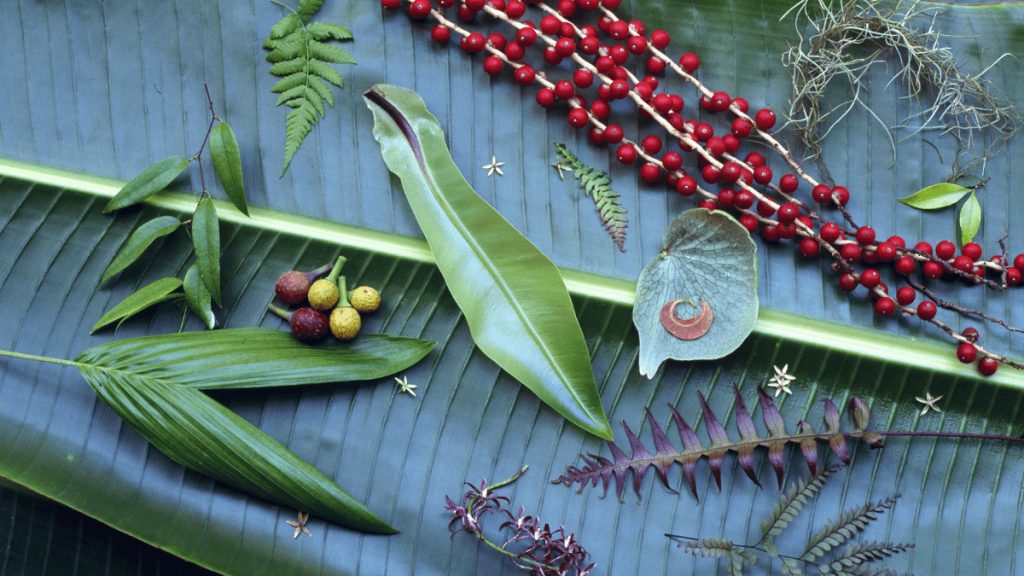
Take the time to learn about the cultural significance of Australian indigenous foods before you cook them. Avoid seeing native plants as a passing fad because many of them have spiritual and medical significance.
Find out what various Aboriginal groups have cooked using certain ingredients in the past and how they have traditionally used them. If you want to learn more about Indigenous peoples and their stories, read books written by them or watch films made by them.
You can’t assume that everyone will enjoy eating bush food. To ensure their safety or digestibility, certain foods may require special preparation. Never attempt anything new without first reading and following the product’s instructions.
A Cultural and Culinary Awakening
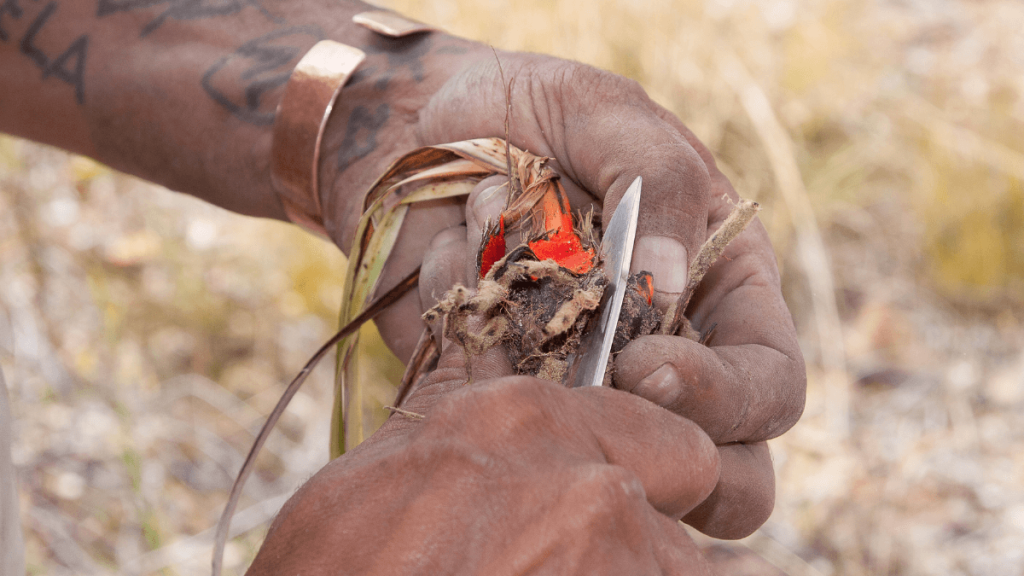
Making food using native Australian ingredients is about more than just flavor; it’s about transforming the dish. Our perspectives on our food systems, the environment, and our past are all changed as a result. Non-Indigenous Australians can learn about bush tucker and incorporate it responsibly as a way to educate and reconcile with Indigenous people. This is a resuscitation and celebration of Indigenous Australians’ living knowledge.
It’s encouraging to see more and more community gardens, school initiatives, and even MasterChef pantries stocked with native foods. Even so, it’s not uncommon for people to begin making significant alterations in their own homes. Aside from broadening your culinary horizons, incorporating bush tucker into your dishes honors a tradition of resourcefulness, creativity, and reverence for the natural world.
Looking Ahead: A Future Full of Flavour
Wild, natural, and grown in Australia, not outside or with excessive processing, is the way to go for Australia’s future food. Increased biodiversity, better cultural understanding, and healthier diets are all possible outcomes of more Australians eating bush cuisine.
No experience in the kitchen or bushcraft is required to participate in this revolution. Curiosity, a thirst for knowledge, and a pinch of local seasoning are all that’s needed.
Indulge your taste senses on a culinary adventure across this expansive region the next time you’re in the kitchen. Imagine yourself in a rainforest, across a red desert, and eating your way along salt-sprayed coasts. We are invited to rediscover our home, bite by mouthful, when we cook using native Australian foods. It’s more than just a culinary option.






